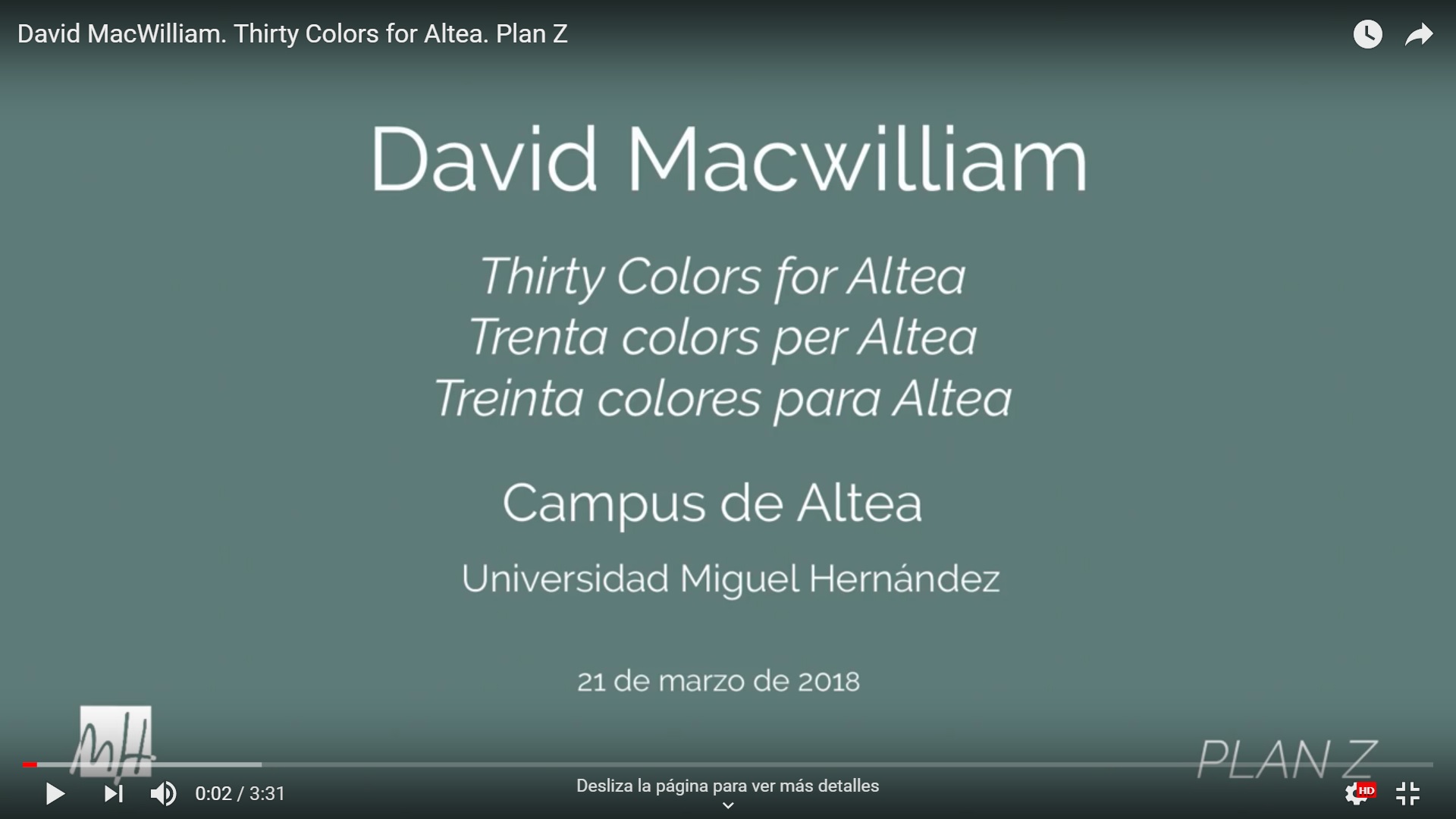MacWilliam’s research focuses on current possibilities for contemporary abstract painting in relation to 20th Century history of heroic, essentialist modernism. He began painting in the mid-1970s at a moment when it was important to reinvent painting for yourself- to define a “ground zero” or a starting point to proceed from, and for him that was a figure, object or mark on an abstract colour ground. He sees painting primarily as an abstract, material practice and proceeds in an intuitive manner. MacWilliam’s paintings rely on process, observation and reflection- thinking through painting. He continues to be concerned with themes of making, and materiality; opticality and colour; and painting as labour. He has an ongoing interest in the associative meanings of colour and its uses visually and conceptually. He draws his inspiration from a wide range of references and sources.
Recently, he has been making a series of unstretched and shaped paintings with canvas, cotton, linen and fabric remnants that are soaked, stained, and painted with acrylics, inks and dyes and then dried in sunlight. Some of these paintings are sewn, shaped, irregular polygons, other are on unusually shaped overlapping pieces of linen, canvas and fabrics.




Thirty Colors for Altea; Trenta colors per Altea; Treinta colores para Altea presents and compares the names of colors in Valencian, Spanish and English. As English speaking artist visiting Altea (where English is a foreign language) and in a community where Valencian and Spanish are the spoken languages, I am keen to hear how these different colours are pronounced in the spoken local languages in Altea.
This project derives and relates to an interactive internet color project: ColorGrid that I made in collaboration with a colleague: Miles Thorogood (University of British Columbia, Okanagan Campus).
http://digital-media.ok.ubc.ca/projects/colorGrid/
Enlaces





